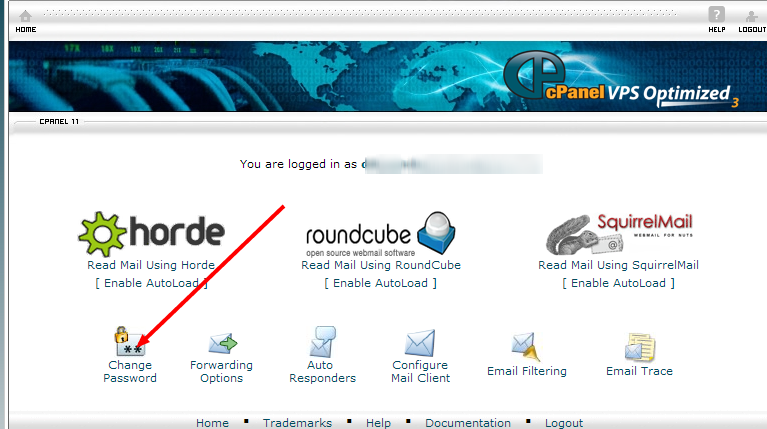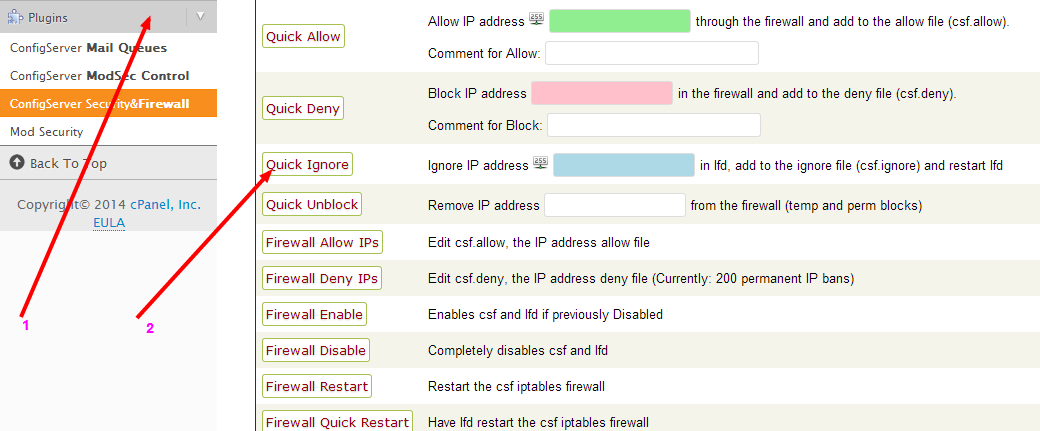Create a MySQL Database, Username, Password, and Privileges from the command line
Step 1: Login to MySQL ( you will need an account ) user@server:~$ mysql -u mysql_user -p Enter password: Step 2: Create the Database mysql > create database db_name; Step 3: Verify that it’s there mysql > show databases; Step 4: Create the User mysql > create user db_user; Step 5: Grant privileges while assigning the password mysql > grant all on db_name.* to 'db_user'@'localhost' identified by 'db_password'; *Note: The localhost field usually doesn’t have to be edited, but you can set it to the specific address. The above example grants all privileges, obviously. But you will likely want to limit privileges under many circumstances. These parameters include select, insert, and delete. Choose all that apply and separate by comma, thusly: mysql > grant select, insert, delete on db_name.* to 'db_user'@'localhost' identified by 'db_password';


